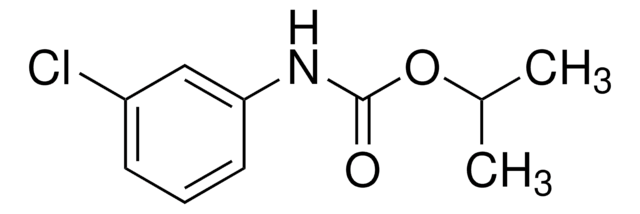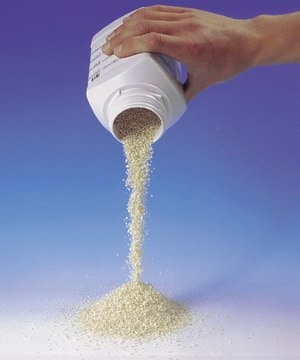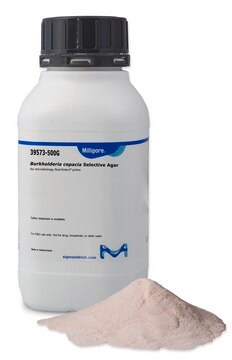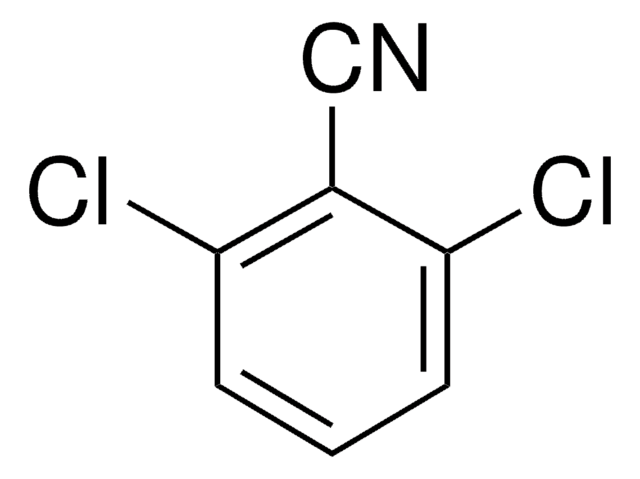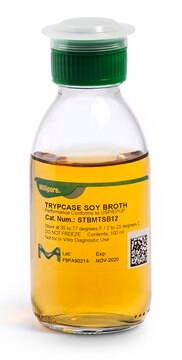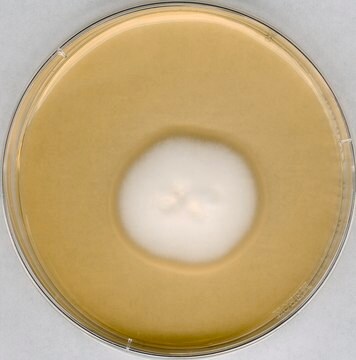Kluczowe dokumenty
33361
Mepronil
PESTANAL®, analytical standard
Synonim(y):
3′-Isopropoxy-2-methylbenzanilide
About This Item
Polecane produkty
klasa czystości
analytical standard
Poziom jakości
linia produktu
PESTANAL®
okres trwałości
limited shelf life, expiry date on the label
metody
HPLC: suitable
NMR: suitable
gas chromatography (GC): suitable
mp
84-89 °C
przydatność
passes test for identity (NMR)
Zastosowanie
agriculture
environmental
Format
neat
ciąg SMILES
CC(C)Oc1cccc(NC(=O)c2ccccc2C)c1
InChI
1S/C17H19NO2/c1-12(2)20-15-9-6-8-14(11-15)18-17(19)16-10-5-4-7-13(16)3/h4-12H,1-3H3,(H,18,19)
Klucz InChI
BCTQJXQXJVLSIG-UHFFFAOYSA-N
Szukasz podobnych produktów? Odwiedź Przewodnik dotyczący porównywania produktów
Powiązane kategorie
Opis ogólny
Zastosowanie
Polecane produkty
Informacje prawne
Kod klasy składowania
11 - Combustible Solids
Klasa zagrożenia wodnego (WGK)
WGK 2
Temperatura zapłonu (°F)
Not applicable
Temperatura zapłonu (°C)
Not applicable
Środki ochrony indywidualnej
Eyeshields, Gloves, type N95 (US)
Wybierz jedną z najnowszych wersji:
Certyfikaty analizy (CoA)
Nie widzisz odpowiedniej wersji?
Jeśli potrzebujesz konkretnej wersji, możesz wyszukać konkretny certyfikat według numeru partii lub serii.
Masz już ten produkt?
Dokumenty związane z niedawno zakupionymi produktami zostały zamieszczone w Bibliotece dokumentów.
Nasz zespół naukowców ma doświadczenie we wszystkich obszarach badań, w tym w naukach przyrodniczych, materiałoznawstwie, syntezie chemicznej, chromatografii, analityce i wielu innych dziedzinach.
Skontaktuj się z zespołem ds. pomocy technicznej